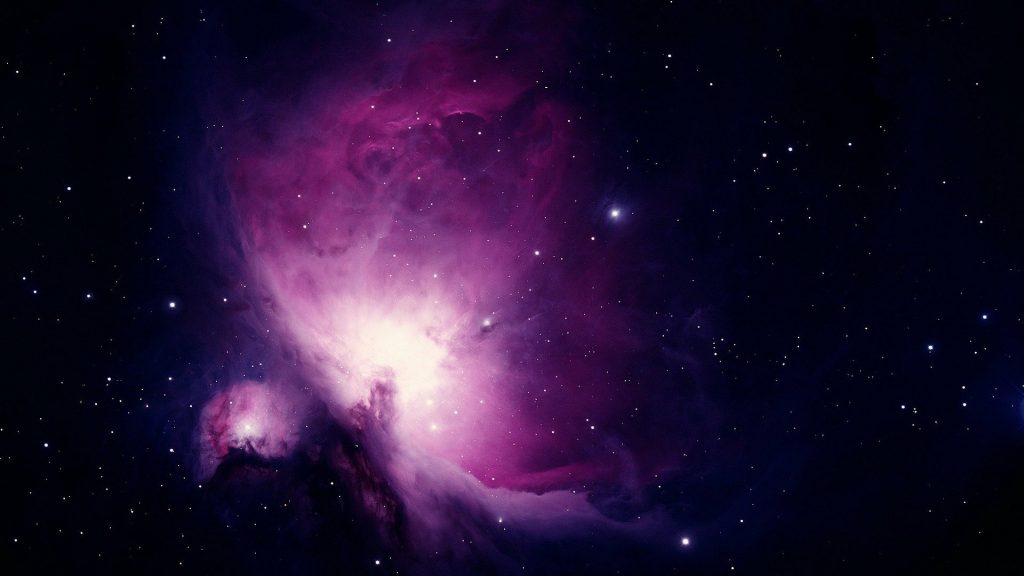
Developing the low-energy ion spectrometer for the Chinese BeiDou-3 satellite (Image Credit: Phys.org)

In our daily lives, we rely on weather forecasts to know whether it will rain tomorrow. The monitoring and prediction of space weather such as geomagnetic storms and substorms are also vital for the operation safety of satellites outside the atmosphere and the living conditions of astronauts in space. However, space weather is far more unpredictable than the weather on Earth, which depends on in-situ measurements of plasma parameters by satellites.
A research team, led by Prof. Wang Yuming and Prof. Shan Xu from the University of Science and Technology of China (USTC) of the Chinese Academy of Sciences, developed a low-energy ion spectrometer (LEIS) onboard a Chinese geosynchronous satellite, the BeiDou-3 satellite.
The LEIS is designed for measurement of the ion energy per charge distribution with good energy-, angular-, and temporal-resolutions, which is helpful for space weather monitoring and early warning. Recently, the scientific data acquired by the LEIS were published in Science China Technological Sciences.
Starting in 2012, the research team designed and realized the LEIS payload that meets the requirements of a magnetospheric mission. Through simulation and experimental tests, the LEIS payload had been valuated and calibrated, and it was finally finished in 2017. That previous study was also published in Science China Technological Sciences and was favorably reviewed.
“It is very encouraging to see the compact and capable ion spectrometer developed by a Chinese university. After comparing the parameters of their instrument with similar ones, this LEIS shows higher capability than other spectrometers,” said the reviewer.
Since 2018, the team has been working on the research and development of LEIS for the BeiDou-3 satellite. Based on the previous payload, the researchers further expanded the detection range of the LEIS, improved its energy- and angular- resolutions, and decreased the power dissipation, size, and weight of the payload. The BeiDou-3 satellite was successfully launched in June 2020 with the LEIS onboard.
The observations of the LEIS payload show enhancements of ion fluxes, indicating the ion-ejection signatures from the notable storm or substorm and the associated surface charging.
The quantitative data of the differential energy flux of ions are consistent with the previous results of the Van-Allen Probes mission from NASA, proving that the LEIS is performing well. The reviewer observed, “The results are quite interesting, and the acquired scientific data are important in studying the magnetospheric ion dynamics as well as monitoring space environment.”
The successful measurements by the LEIS provide insight into the magnetospheric ion dynamics related to the outer radiation belt, taking a new step towards better understanding and predicting space weather.
More information:
Xu Shan et al, First results of the low energy ion spectrometer onboard a Chinese geosynchronous satellite, Science China Technological Sciences (2022). DOI: 10.1007/s11431-022-2143-6
RenXiang Hu et al, A low-energy ion spectrometer with half-space entrance for three-axis stabilized spacecraft, Science China Technological Sciences (2018). DOI: 10.1007/s11431-018-9288-8
Provided by
University of Science and Technology of China
Developing the low-energy ion spectrometer for the Chinese BeiDou-3 satellite (2022, November 29)
retrieved 30 November 2022
from https://phys.org/news/2022-11-low-energy-ion-spectrometer-chinese-beidou-.html
part may be reproduced without the written permission. The content is provided for information purposes only.





